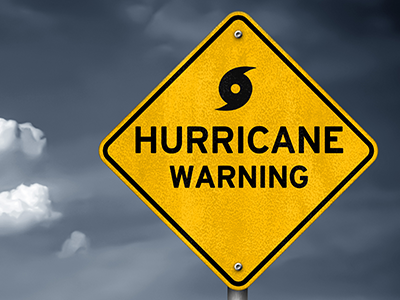How do I get a 7-year-old child to stop screaming when she doesn’t get her way? Like I told her to take the bike back outside of the house and she just started screaming. Whenever I tell her “no” she cries and screams. I get headaches 24/7. I literally need help I’m exhausted.
This is a stressful situation, and you are not alone! Many children struggle when they do not get their way. Below are some helpful strategies. The main thing is staying consistent. Implementation of these strategies one time will likely not lead to change. In fact, it is very normal for the screaming to get louder or go on for longer when the strategies below are implemented.
Think of it this way, this 7-year-old girl is having a really big emotion, likely sadness, in response to not getting what she wants. She does not yet know how to handle the emotion, so it is coming out in all kinds of ways (for some children it is yelling, for some children it is throwing things and for some children it is many ineffective behaviors all at once). If screaming has worked in the past, which it often does because it is unpleasant and it is easier in the moment to just let her keep the bike inside instead of making her put it back outside, then her brain has inadvertently learned that screaming helps get her what she wants. It is not malicious or done to intentionally cause harm to others’ ear drums, but rather it is the only way she knows how to handle her really big emotion and get what she wants.
So, if you decide to implement the strategies below and stay consistent, she won’t know what to do with the big emotion and will likely go back to what has worked in the past (i.e., screaming), but she is going to scream more. This is called a behavioral burst — it is really important that you prepare yourself for this and anticipate it. The preparation includes using the strategies below and some good headache management techniques (i.e., drinking lots of water, eating consistently and maybe even some ear plugs)!
Strategies to change behavior
- If you are going to say “no,” take a second to make sure you really mean it (i.e., that you are going to enforce the policy regardless of the screaming). You may also need to think about whether this is realistic in the current situation. For example, it can be helpful to start these strategies when you are at home. It is hard for any of us to follow through if other people are watching, so we often work up to using “no” in public places when we know it will lead to a behavioral burst. No means no! Stay consistent!
- Use a consistent line. Some examples include: “Remember to use your calm voice;” “I can only understand when you use your calm voice.”
- Give them a break. Tell them, “I see you need a moment to calm your body. You wait in the calming corner. I will be happy to talk with you when you can use your calm voice.”
- Remain calm. Even if your emotions rise, staying calm helps to model for your child and prevents further escalation. You can model taking deep breaths, relaxing your shoulders.
- Praise her when she is using the behavior you want to see.
- The most effective way to change behavior is by ignoring the behavior we do not want (assuming it is not dangerous) and praising the behavior we want. Make sure the praise is specific: “I love how you are using your calm voice right now”; “I love how you listened to me and put your bike outside”; “I know it is hard to not get what you want, and I am really proud of you for following my directions.”
- Add a behavior chart or marble jar. Every time she uses her calm voice or resets and uses her calm voice, she can earn things (e.g., stickers or marbles to use for a treat). Pick family movie, an activity to do with a caregiver (e.g., go to the playground, watch a show together, draw together, paint nails together) or a special activity (e.g., going to the movies, going out to the mall, having a friend over to do a special activity).
- Help with labeling emotions. As we discussed above, children often start to yell and lose their cool when they feel overwhelmed by big emotions. Help with labeling their emotions. Families can practice with “Feelings Cards” to review emotions, coping strategies and scenarios when they may experience big emotions. You can also discuss emotions of characters on TV shows and possible strategies they could use to calm their emotion.
- Schedule child-directed “special time.” This is child-led play (i.e., they choose the interactive activity: blocks, coloring, playing with a train set, even short times work that are 10-15 minutes/day) that is not dependent on behavior. Schedule it at a certain time and make sure this is a time when your child gets all your attention.
If you consistently implement these strategies and the screaming continues, reach out to a mental health specialist for additional support. Sometimes we just need more support to decrease an unwanted behavior.
 https://riseandshine.childrensnational.org/wp-content/uploads/2025/05/child-having-tantrum-feature.jpg
300
400
webteam
https://riseandshine.childrensnational.org/wp-content/uploads/2017/11/childrens_riseandshine_logo.jpg
webteam2025-05-07 15:54:412025-05-07 16:19:29Helping autistic children manage big feelings
https://riseandshine.childrensnational.org/wp-content/uploads/2025/05/child-having-tantrum-feature.jpg
300
400
webteam
https://riseandshine.childrensnational.org/wp-content/uploads/2017/11/childrens_riseandshine_logo.jpg
webteam2025-05-07 15:54:412025-05-07 16:19:29Helping autistic children manage big feelings



 Laura Gray, PhD, was a clinical psychologist at Children's National Hospital.
Laura Gray, PhD, was a clinical psychologist at Children's National Hospital.


















Leave a Comment
Want to join the discussion?Feel free to contribute!